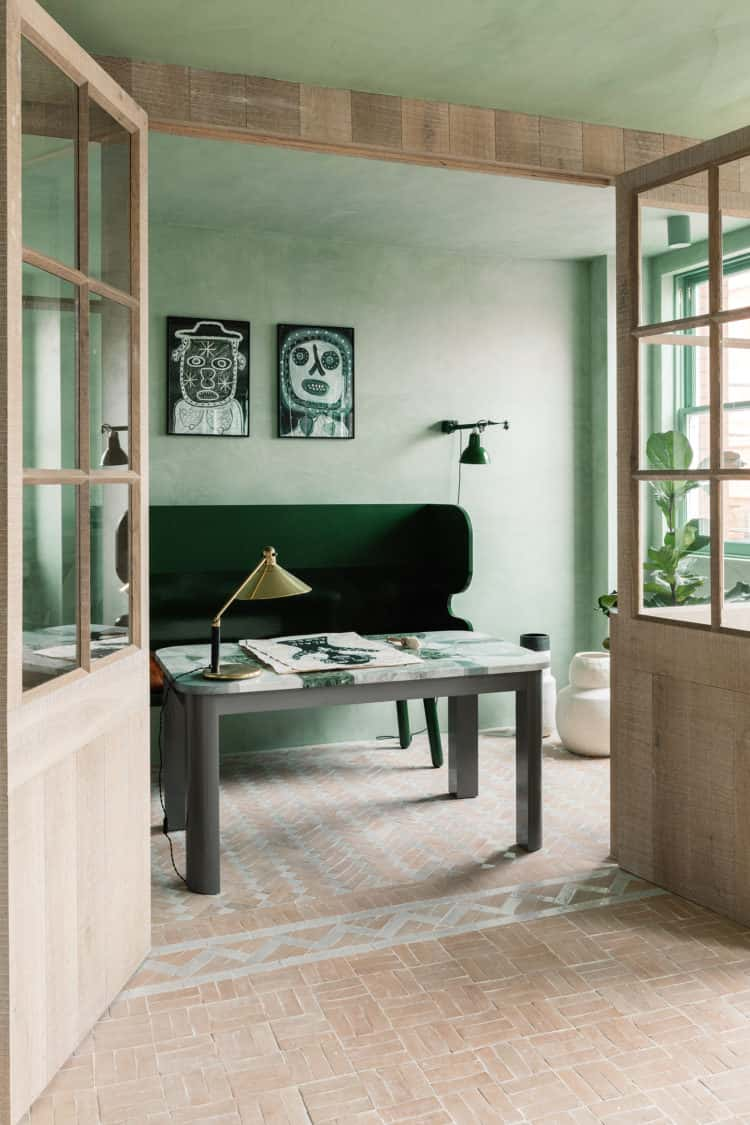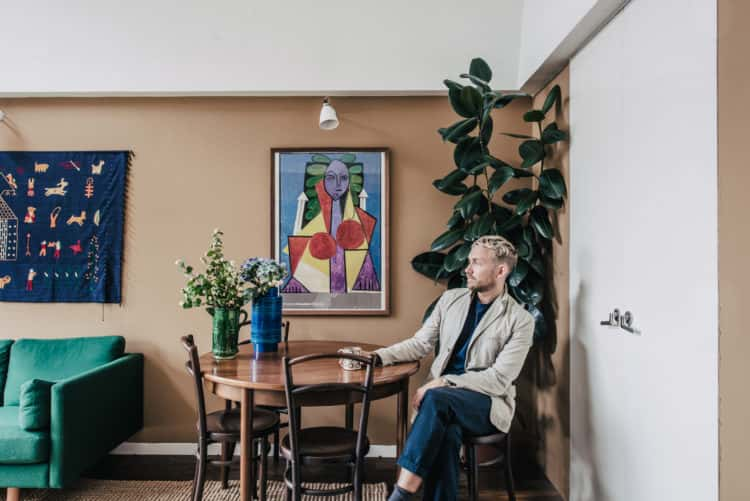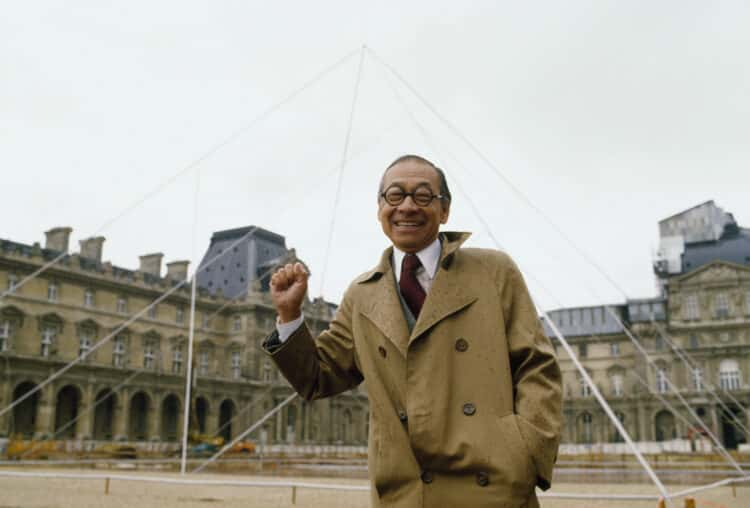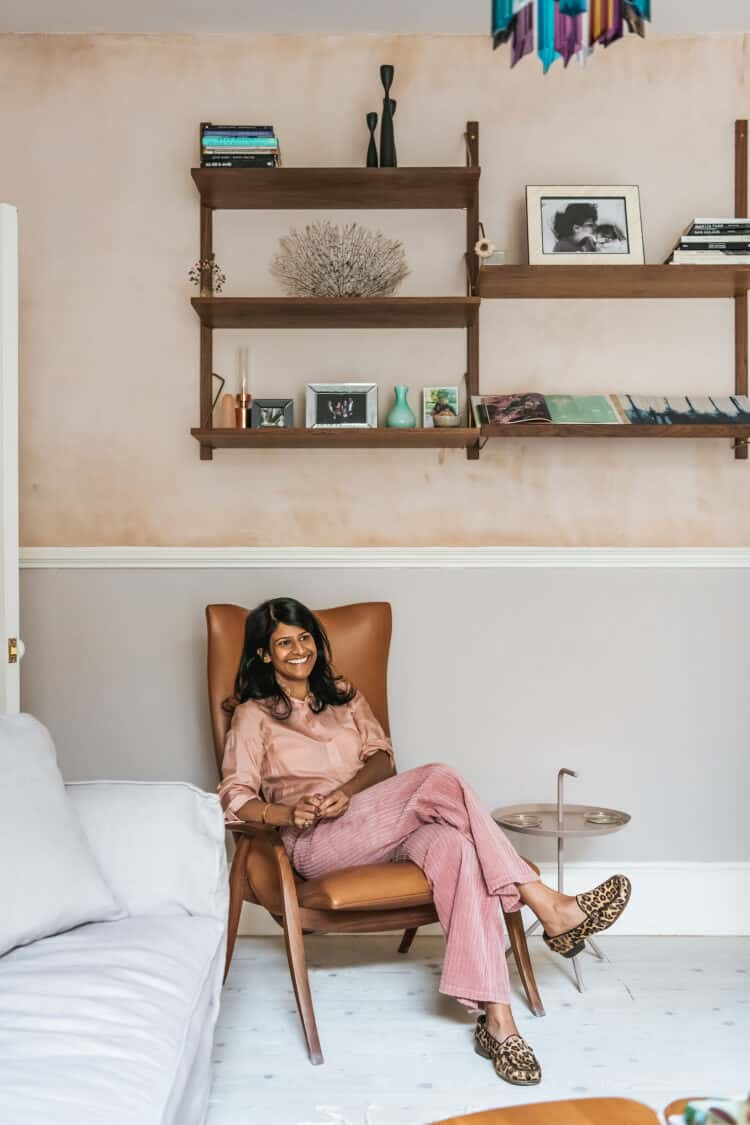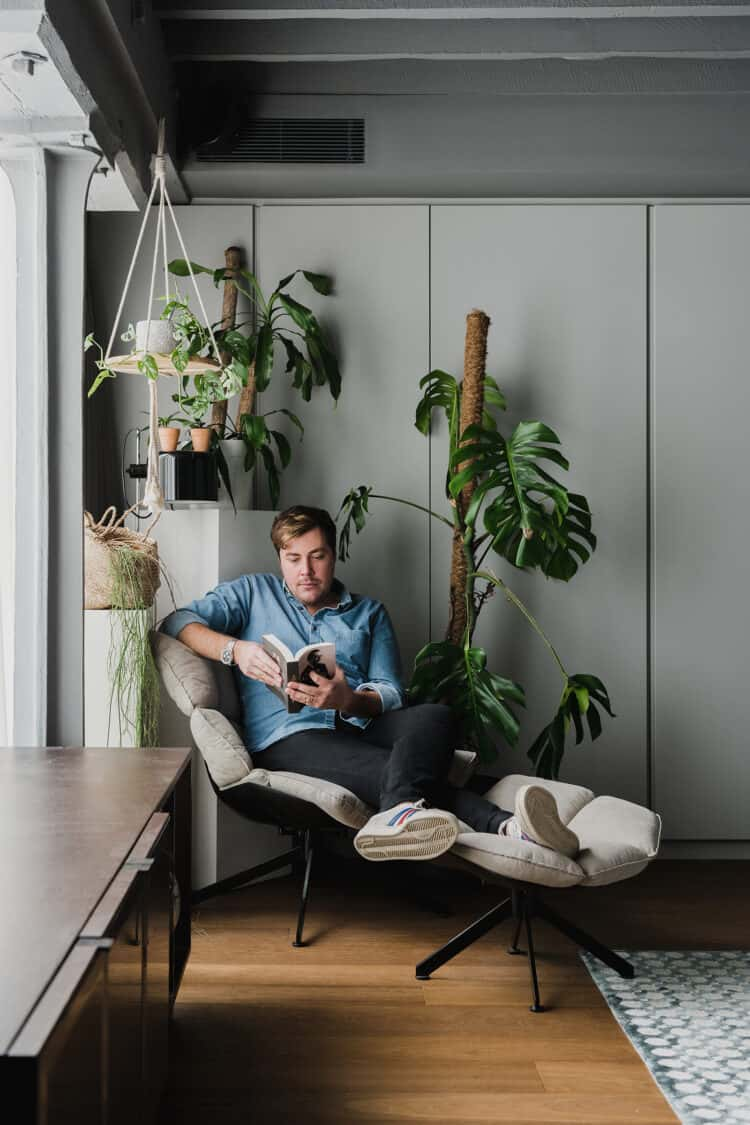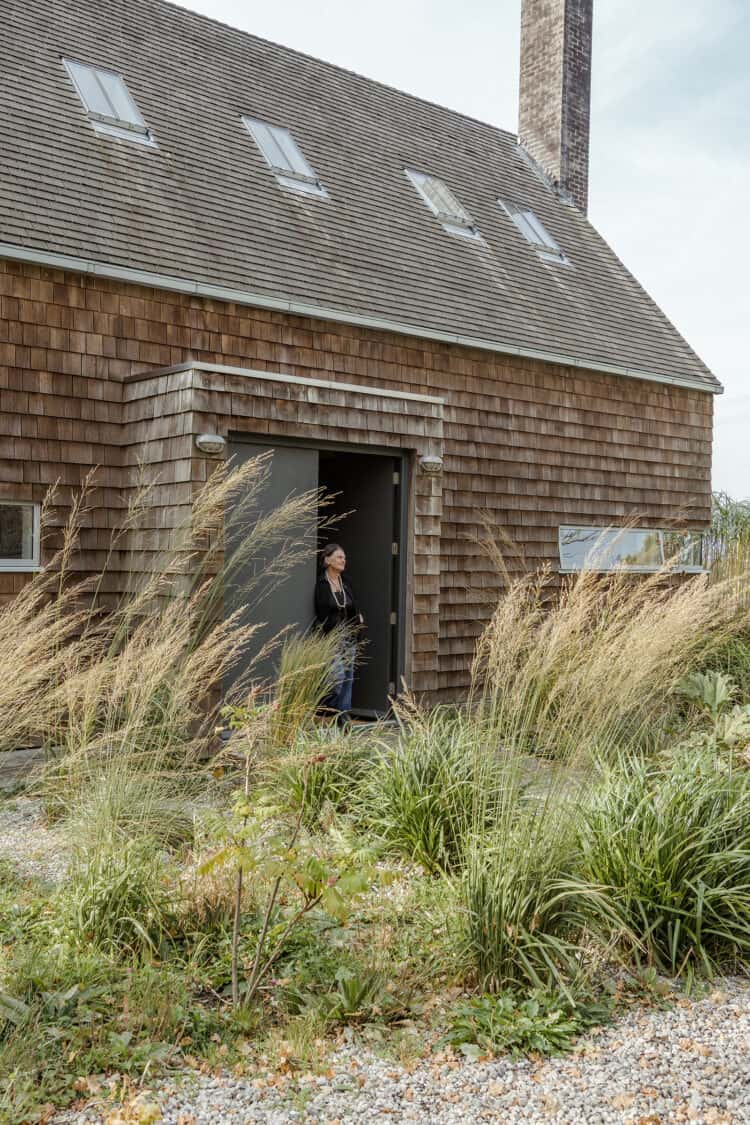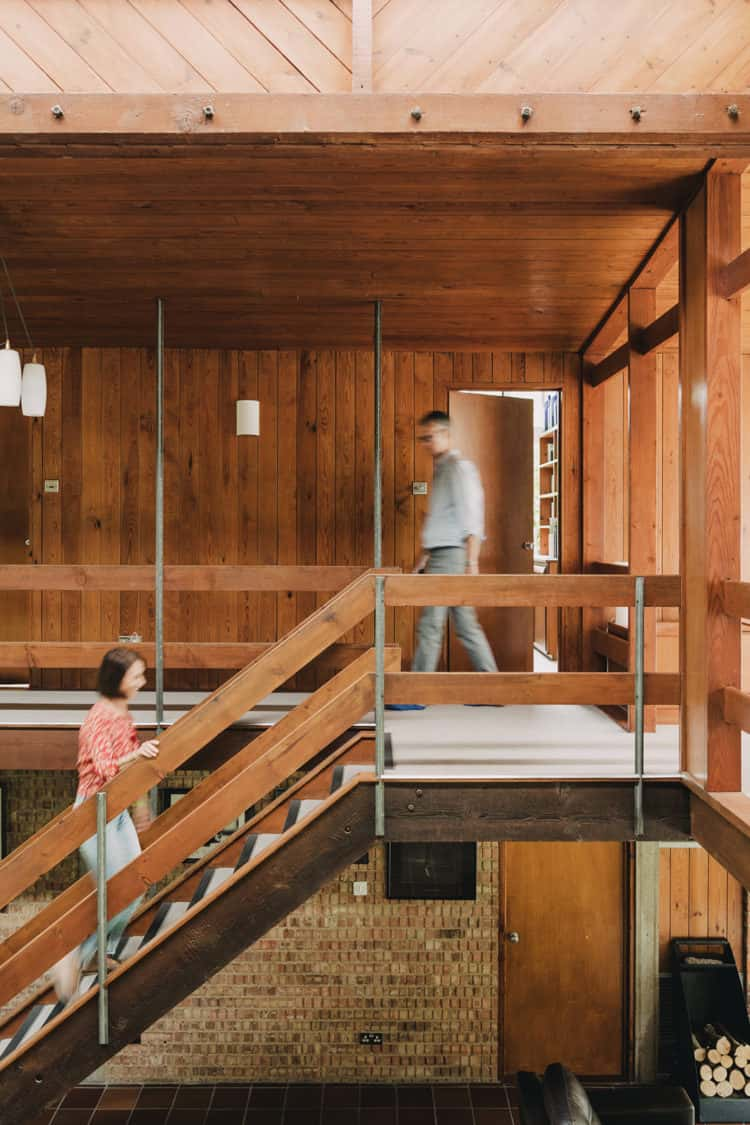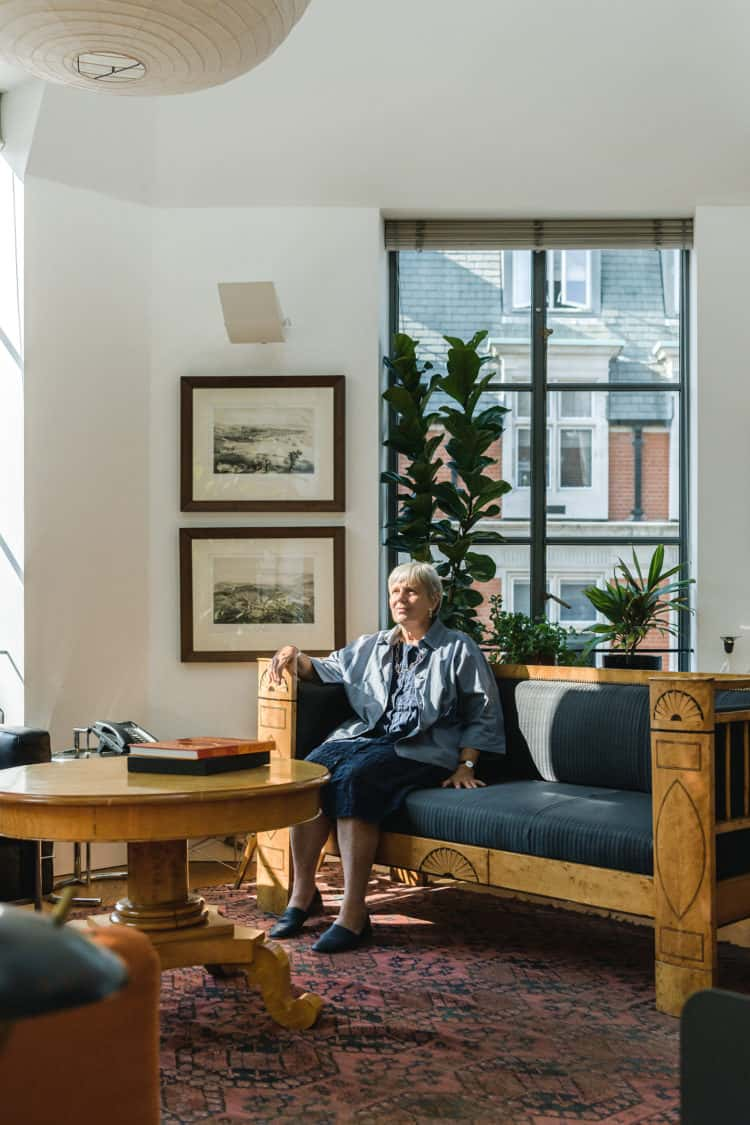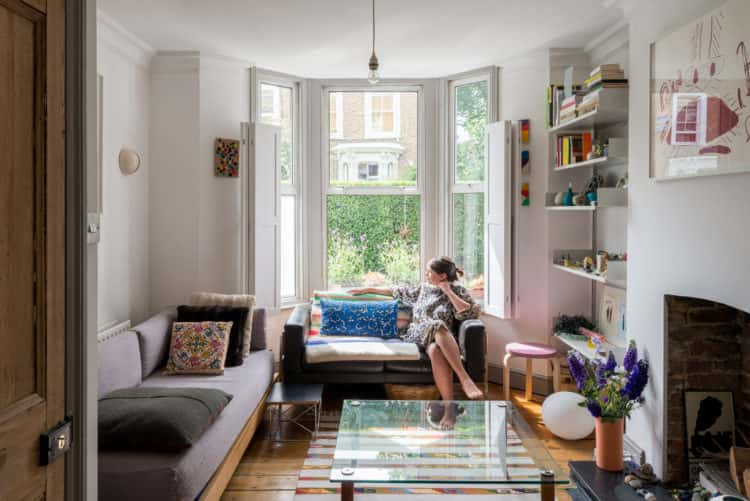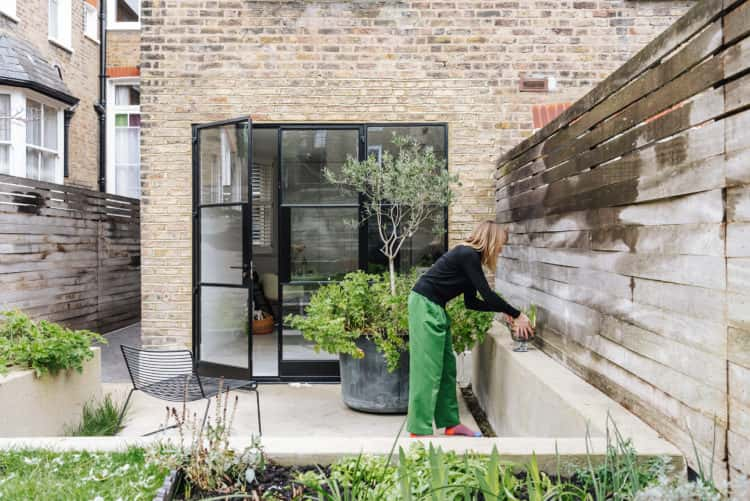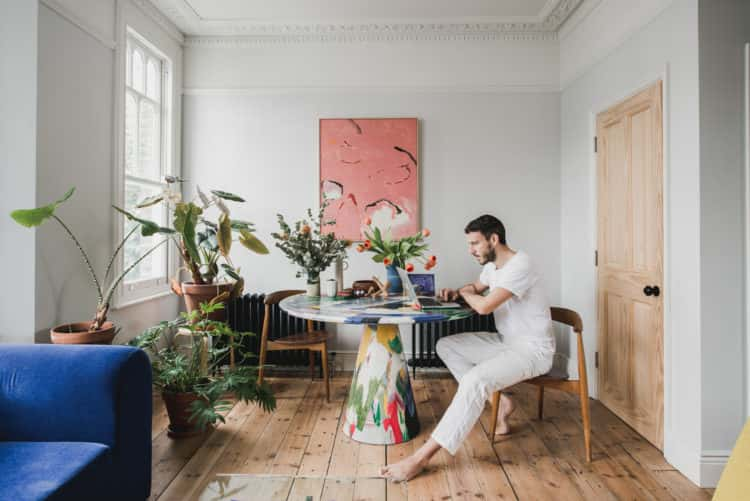My Modern House: architect Sally Mackereth on living in a lighthouse at her enchanting holiday home in Norfolk
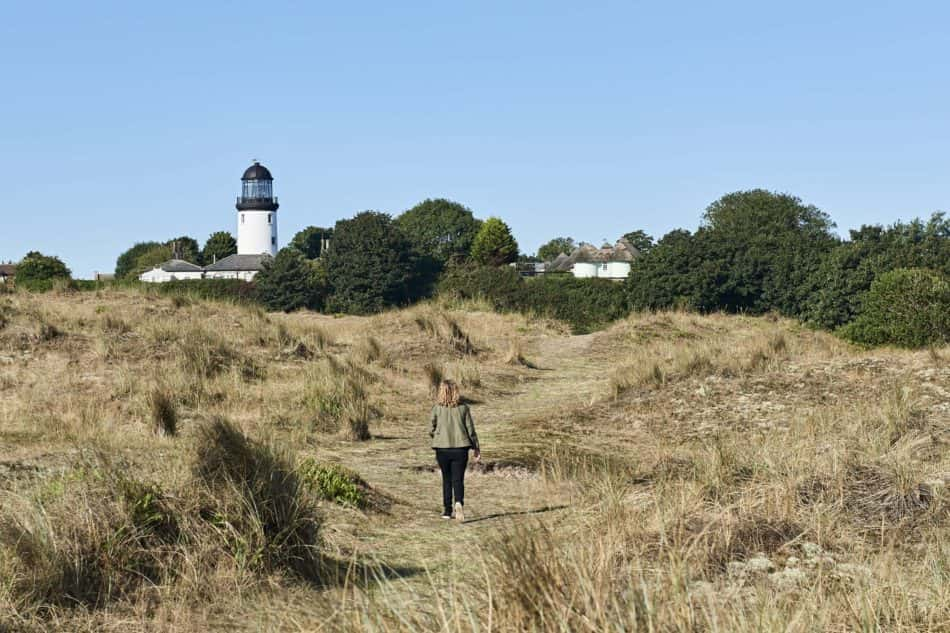
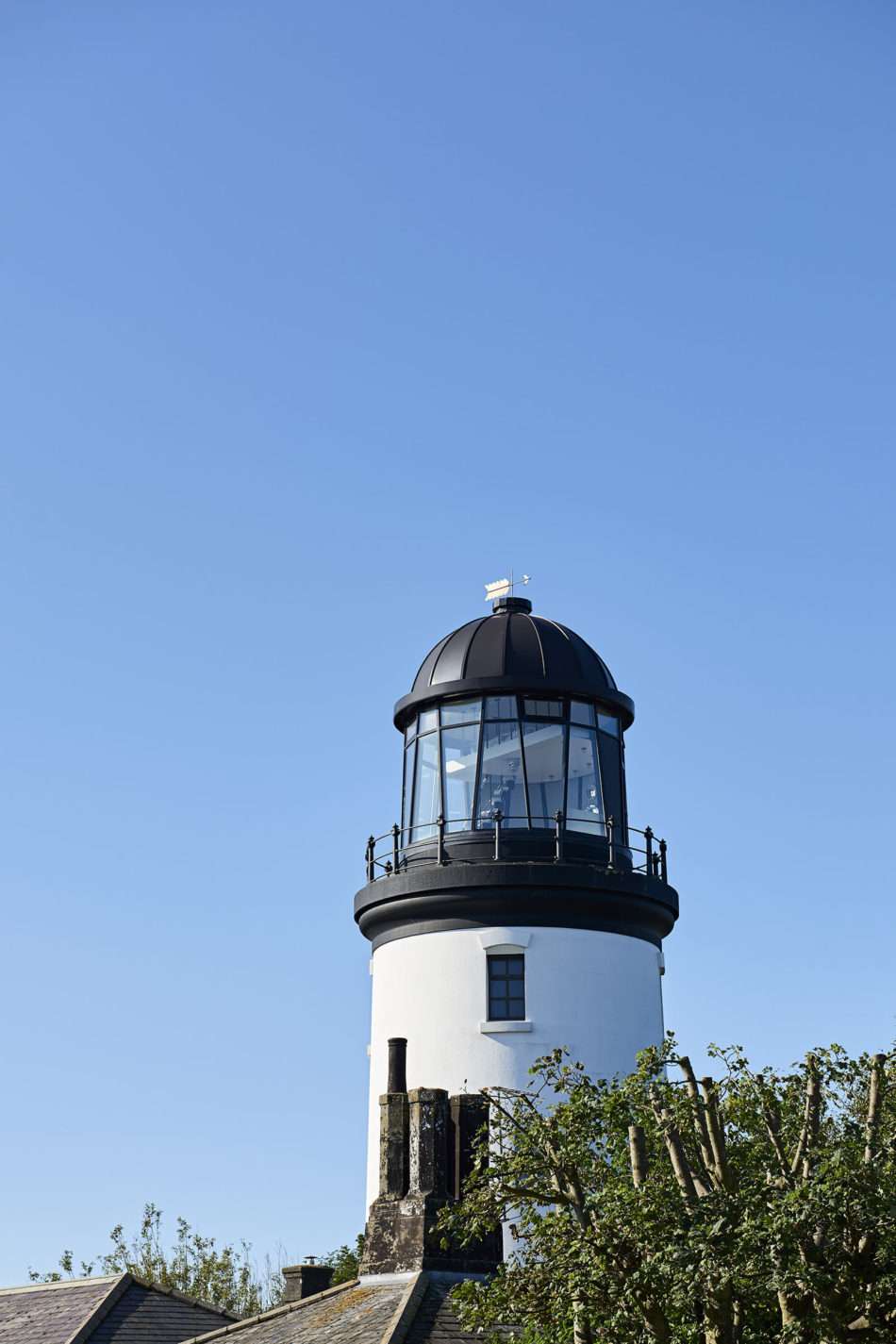
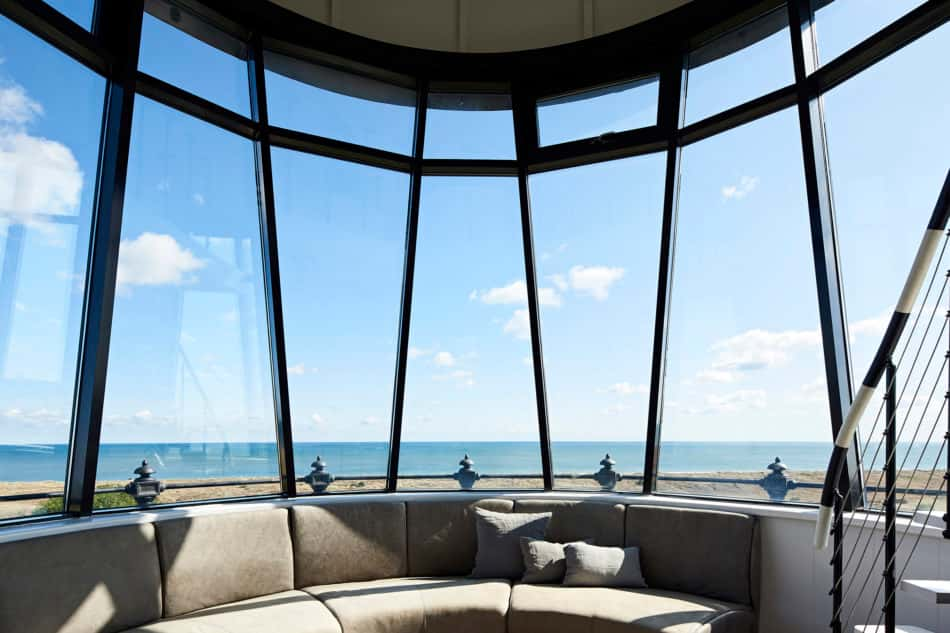
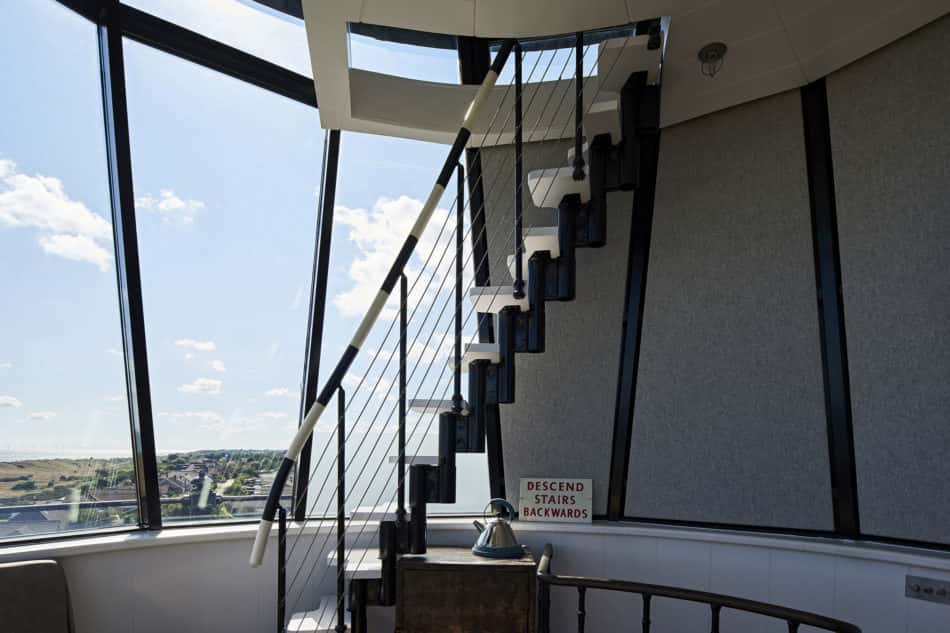
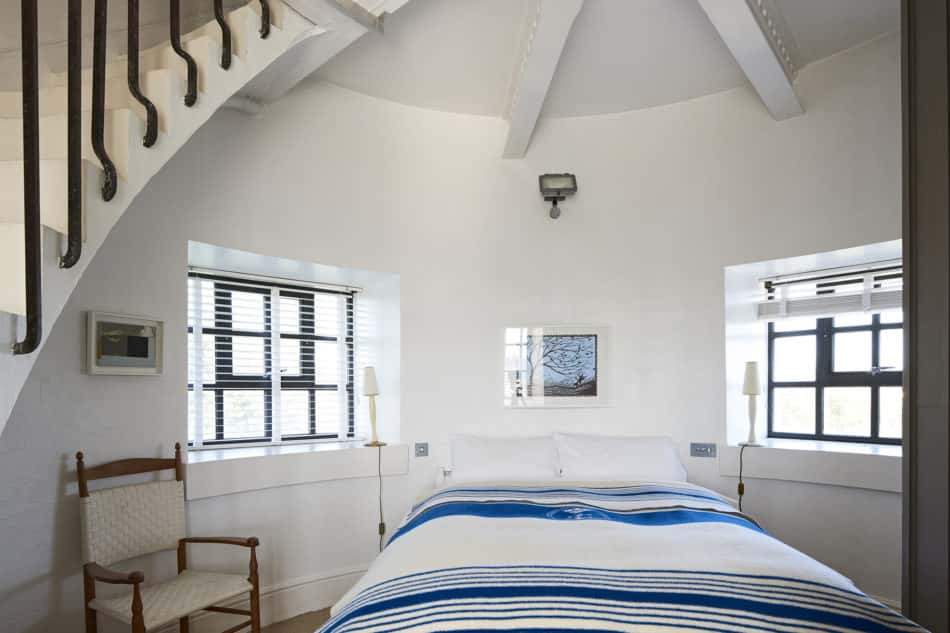
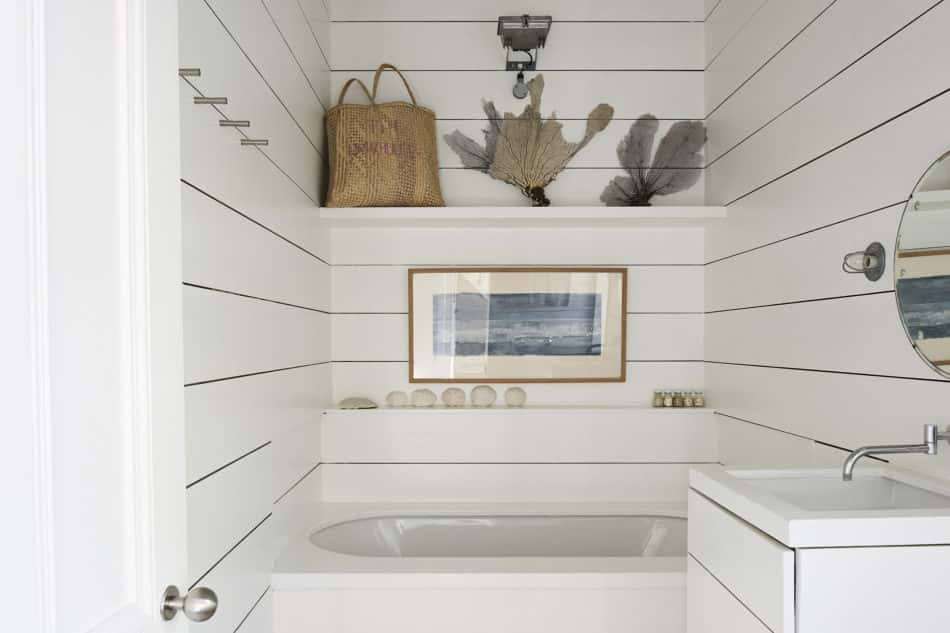
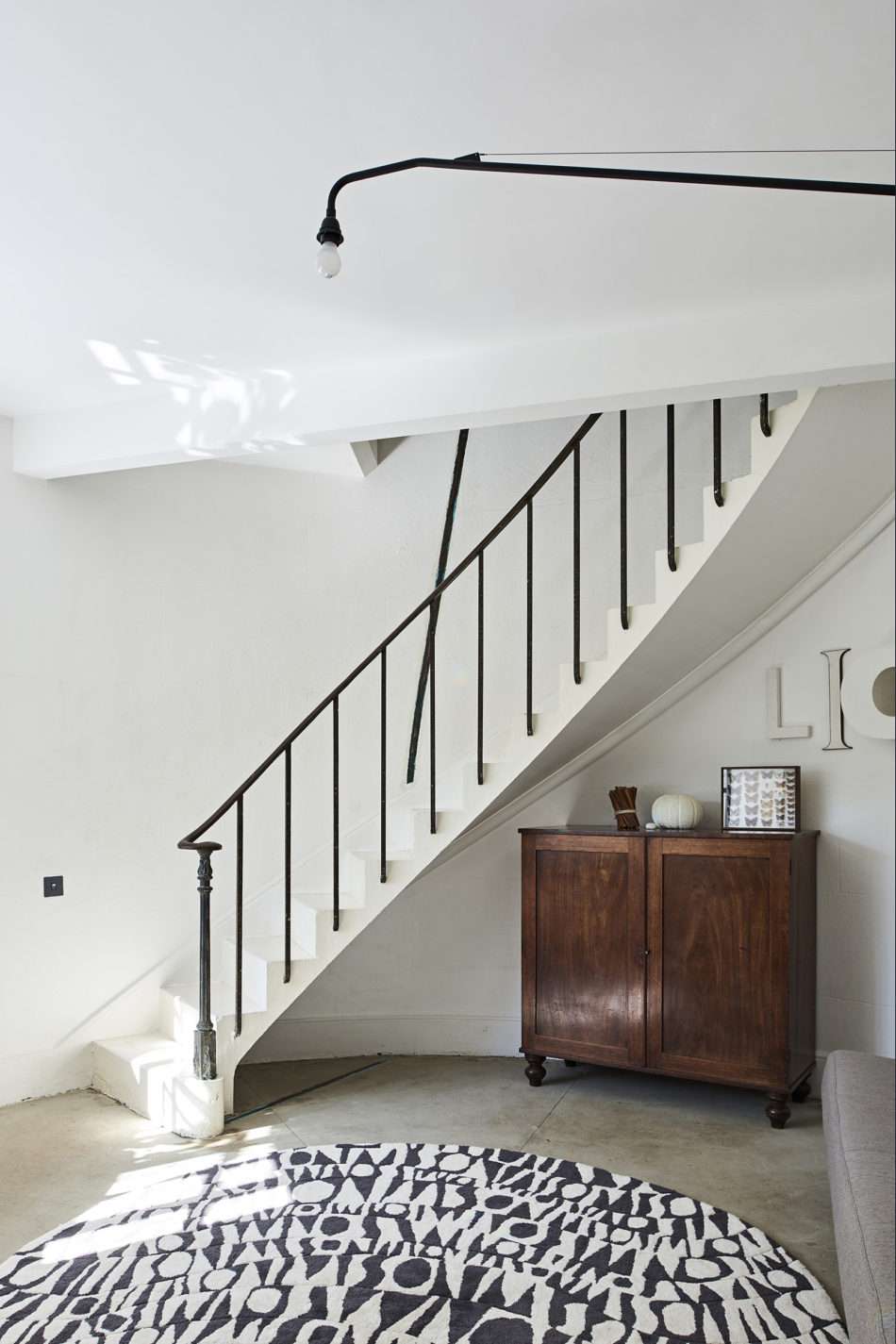
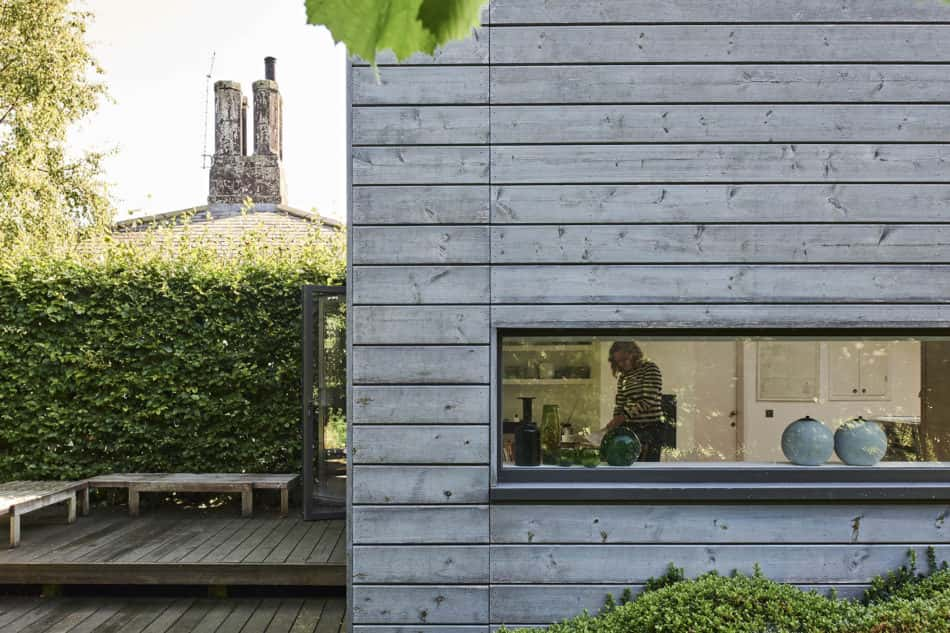
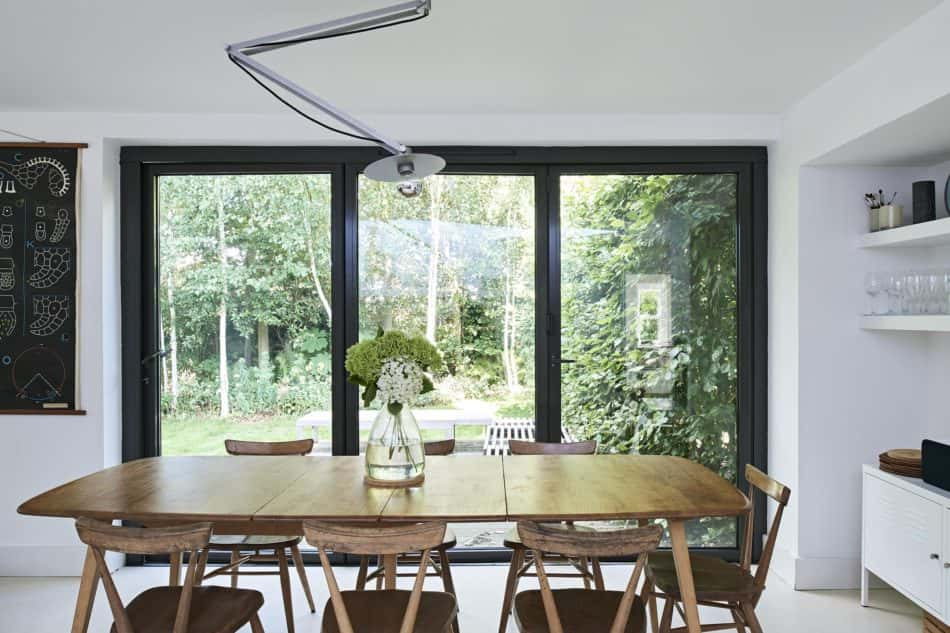
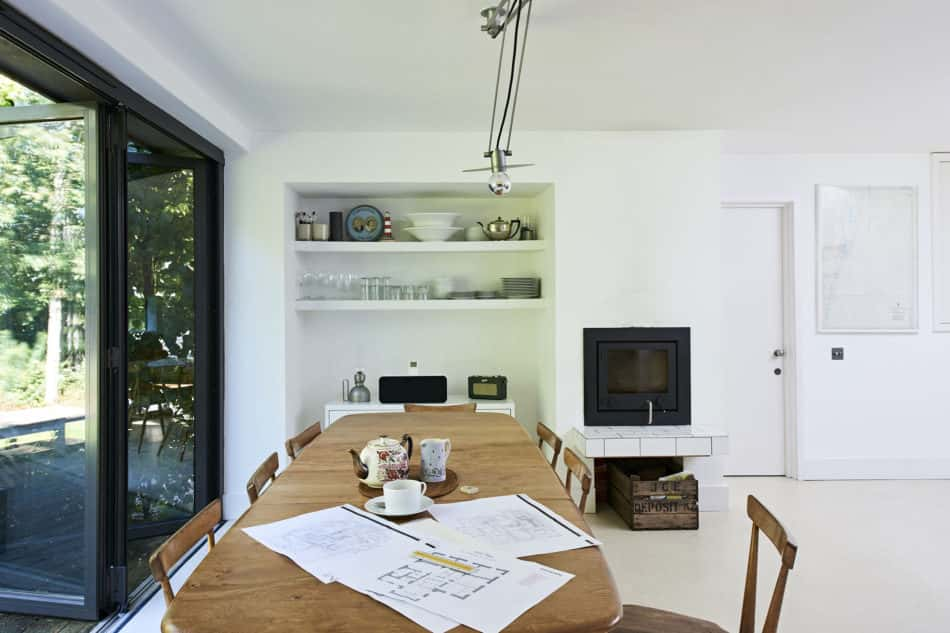
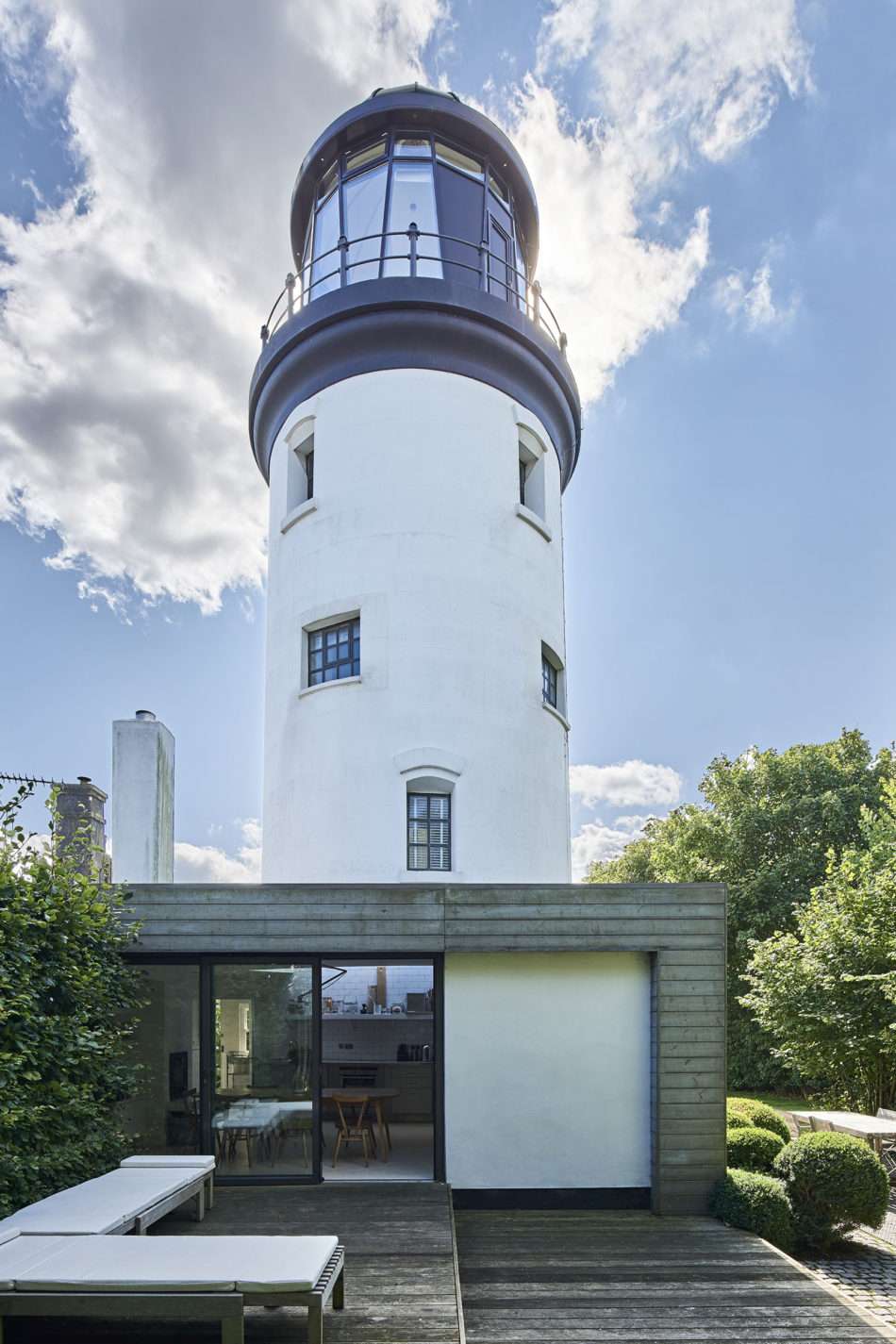
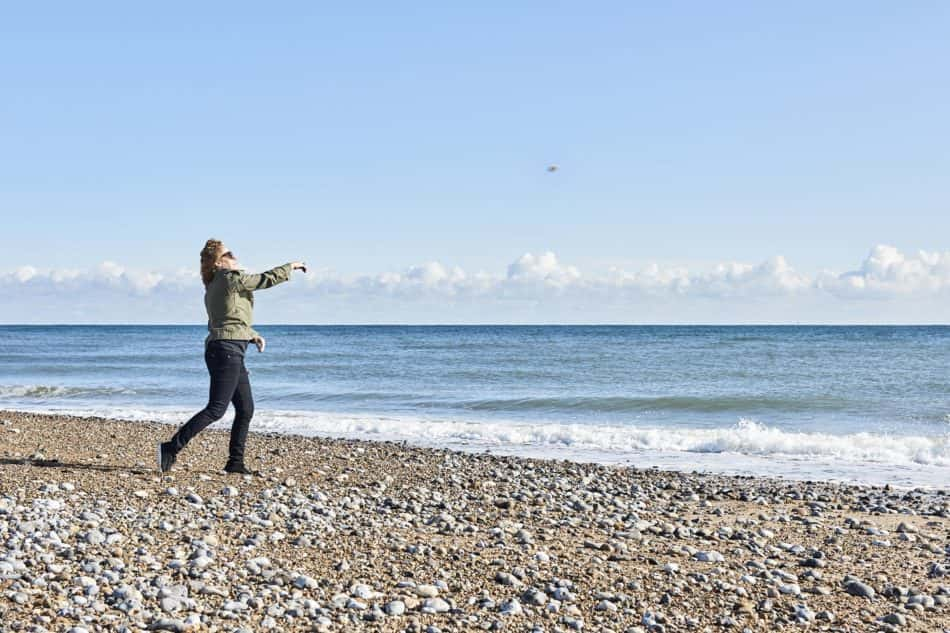
“When Oscar, my son, was little, I remember one of his teachers saying to me, ‘We need to talk to you because he’s been telling us strange things about living in a lighthouse, and we want to get the bottom of it.’! I had to tell them that, actually, he was telling the truth.
“It’s completely ridiculous, and a bit of a folly, in many ways. Who needs a lighthouse? And who especially needs to put a dome and lantern at the top, as we did?
“And no, we don’t always use the top room, but the times we do – on New Year’s Eve to watch the fireworks reflected in the sea, or to sit and watch the waves with a drink from the minibar – are wonderfully special.
“When I first came to Norfolk to visit the lighthouse my heart skipped a beat at the sight of the cantilevered staircase. Although it was in a very sad state, domesticated beyond belief, there was a real sense of history and narrative to the building. The walls are a metre thick, and if they could tell a story, you get the impression they’d have a lot to say.
“Doing some research, I discovered the lighthouse is mentioned in Robinson Crusoe, and before that, we found an Elizabethan map showing a wooden structure that would have had a bonfire on top of it, to protect the coastline, in the same spot as the lighthouse.
“So, there is a powerful connection with place here. But, when we bought it, the lighthouse had a concrete top, so it didn’t really resemble the classic silhouette a child might draw. The original glass lantern was long gone and in its place was a flat concrete lid since it served as a lookout post for soldiers during the war.
“So, my mission was not to be too reverent to the original – that wouldn’t have looked lighthousey enough! We wanted not to see a derelict cylinder on the horizon but a gleaming sentinel of the sea.
“When we bought the lighthouse our children were little and the brilliant thing was putting them in the car on Friday evening and driving up from north London. By the time we arrived, they’d be asleep, and we’d carry them up to their bunk beds.
“There’s something magical and otherworldly about arriving at a lighthouse in the dark, and then waking up to the sound of the sea in the morning.
“The house provides a bit of a refuge. Waking up here resets the fast pace of life you get used to in London and allows you to slow down and get some perspective.
“I grew up in the Yorkshire countryside, which is very wild and wonderful. Now, though, I’m completely a city girl and love living in London. It’s where my life is, and where I have my practice.
“But if I spend too many weekends there, I start busying myself with trivial nonsense and I need to get away not just from the city, but, perhaps, the people in the city too.
“The whole atmosphere of Winterton-on-sea, the local village, and Norfolk more generally, feels like time stood still in the 1950s. There’s a slight Enid Blyton tinge to the place, which I love.
“What I really noticed was that raising children in London, I was nostalgic for a childhood that I had, which wasn’t about being ferried around to play dates, sports centres and activities.
“People with young children fill their weekends with doing things, and I think it’s very important to just be, rather than do. The interesting thing about being here is that everyone finds a place to just be.
“And while city life doesn’t get completely forgotten – my wardrobe here probably has more Margaret Howell in it than my neighbours – it’s relaxing to throw on a sweatshirt with holes in it, stick your wellies on and wander on the beach to look at the seals.
“We do things here that we just don’t do in London. Picking fruit, making jam: that has become a tradition. The children draw labels each year for a new batch of jam. Especially when they were younger, I saw the sophistication of the drawings – a lighthouse, naturally – progress each year. I quite like the early ones.
“A year or two ago I overheard Oscar saying to Lola, my daughter, ‘You do realise that we’re going to have to make jam every year because it’s a tradition. There won’t be a year that passes when we won’t make jam.’ It was very sweet.”
